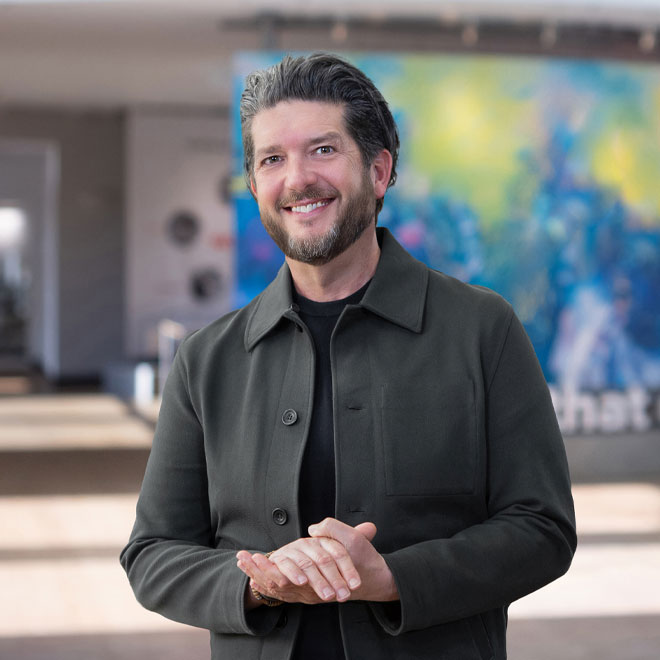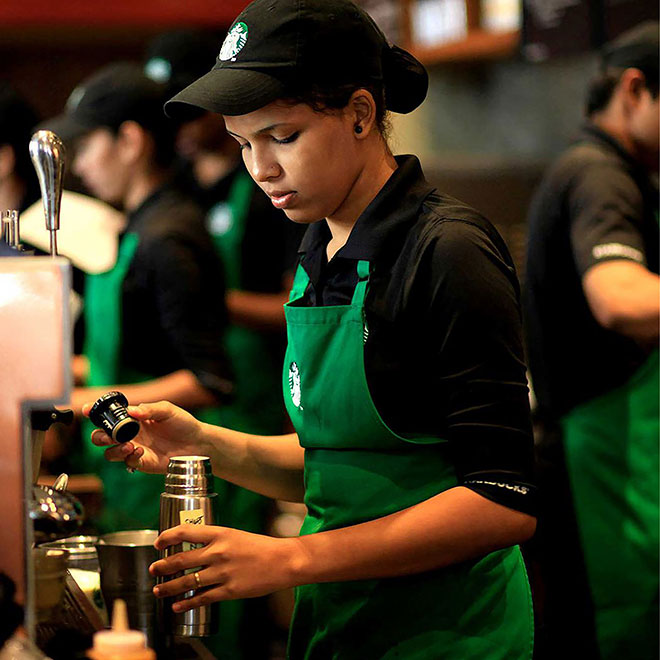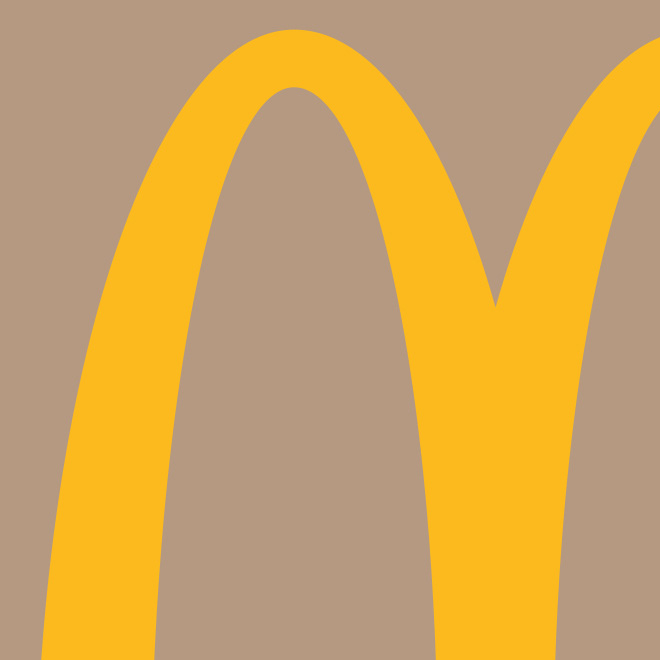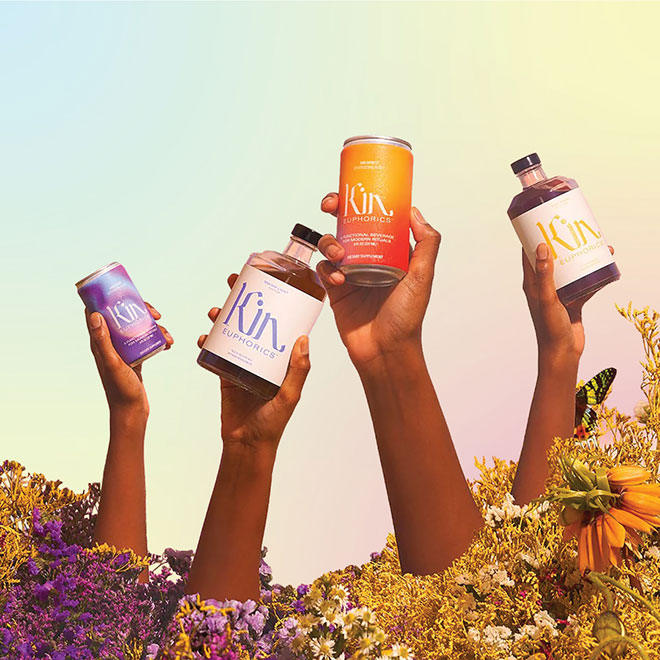
Exploring the Sober-Curious Movement
What Is It and What Does It Mean for Beverage Brands?
Estimated Read Time: 2 Minutes
In a world where wellness trends come and go, sober-curiosity is emerging as a powerful force, captivating individuals seeking a mindful approach to their relationship towards alcohol. A cultural shift towards reducing and even eliminating alcohol consumption, sober-curiosity encourages people to explore an alternate, alcohol-free lifestyle that supports their mental, physical, and financial wellness without the strict "sober" label.
However beneficial for the consumer, this trend is an obvious cause for concern among alcoholic-beverage brands everywhere. While sober-curiosity certainly throws a curve-ball, it doesn’t have to result in beverage brand doomsday.
What is Sober Curiosity?
Sober-curiosity refers to a personal or wellness-driven decision to abstain from alcohol, stemming from a curiosity about the factors fueling the desire to drink and the real-life effects of alcohol consumption. Alcohol avoidance and mindful drinking do not necessarily mean complete abstinence. And unlike addiction-based sobriety, stakes are lower for those exploring sober curiosity, and their involvement does not necessarily signify a permanent abstinence.
According to Forbes, 82% of non-alcoholic drinkers also consume alcohol, highlighting that this trend is more about moderate consumption rather than complete abstinence.1
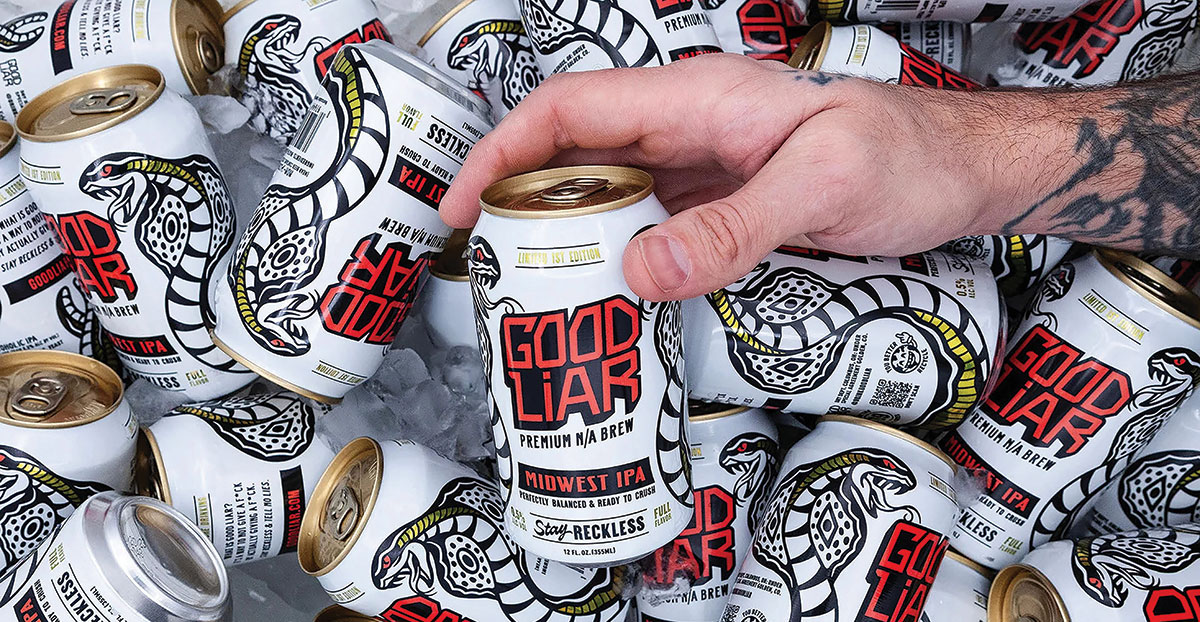
The Beverage Industry and Sober-Curiosity
Mindfulness and wellness are here to stay, and their share of demand within the global alcohol industry shows no sign of slowing down. Despite this, most beverage brands and grocery retailers are lagging in creating a well-rounded sober-curious offering. The question causing the industry to drag its feet: Is the demand truly there and how large is it? The short answer is yes, and it’s significant.
E-Commerce: E-commerce and delivery players are adapting quickly, and rather well. In 2023, demand for non-alcoholic beverages increased by 75% in January alone, according to the Uber Newsroom’s Annual Cravings Report.
Grocery: Niche wellness-driven grocery stores, such as Erewhon and Whole Foods, and boutique markets have also expanded their assortment to welcome non-alcoholic options. However, typical grocery retailers are lagging in offering a wider assortment of alcohol-free options, with sometimes just one or two 0% beers or wines available.
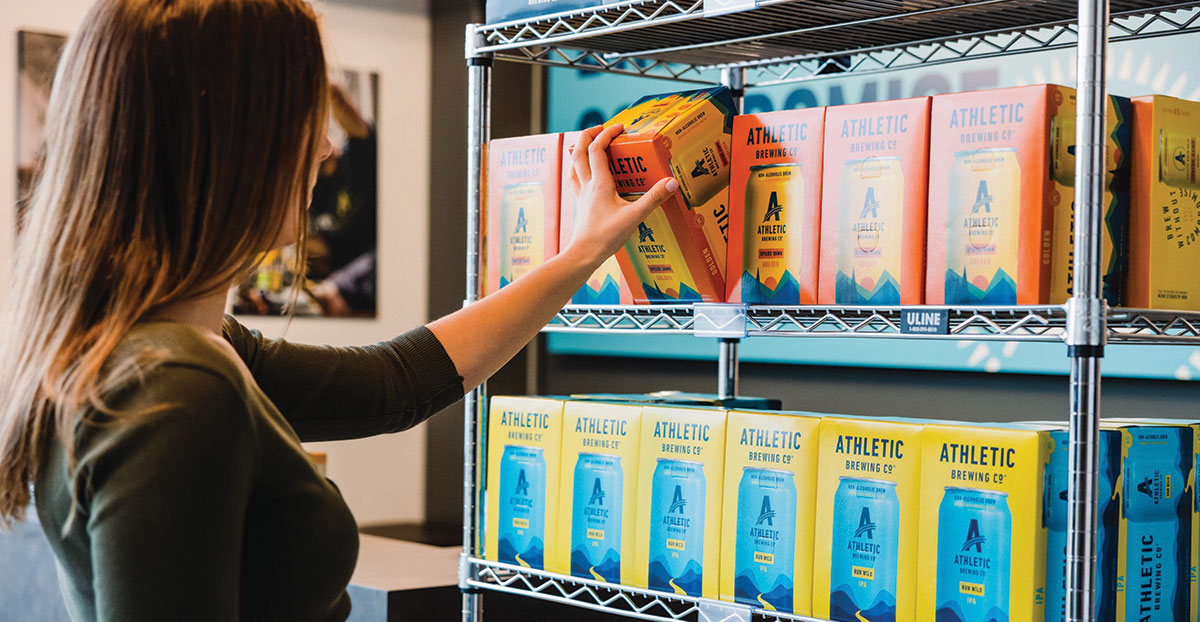
Strategies for Beverage Brands
The U.S. non-beverage market is projected to grow from $161 billion in 2023 to $225 billion by 2030, indicating a clear upward trend in the market and call for beverage brands to prioritize strategies for keeping up in this evolving landscape.2
Our top suggestions for success: make it fun, tell stories together, and equalize shelf space.
Read more about sober-curiosity and strategies for beverage brands in our full-length POV, The Rise of Sober-Curiosity.

 Miranda Swaney
Miranda Swaney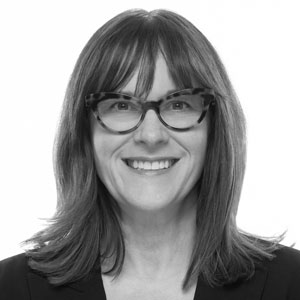 Jody Wasbro
Jody Wasbro
